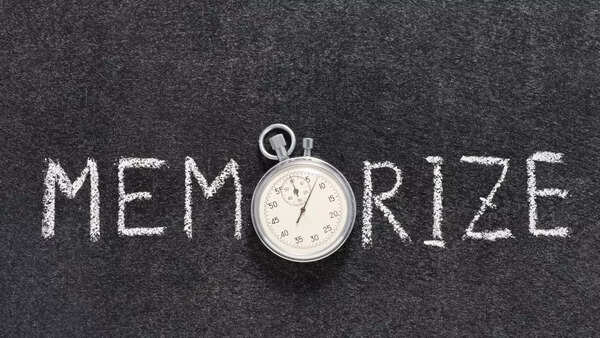- News
- lifestyle
- health-fitness
- de-stress
- Wordle #1384 (April 3, 2025): Smart tips to solve the puzzle like a pro
Trending
Wordle #1384 (April 3, 2025): Smart tips to solve the puzzle like a pro
Wordle, a popular five-letter word game, can be mastered with effective strategies. Players should start with a strong first word like ARISE or SLATE, analyze feedback, and prioritize letter elimination. Narrowing down possibilities and using word frequency will aid in solving puzzles quickly. Logical thinking and avoiding repeated guesses are key to success.
Wordle has become a daily obsession for many puzzle lovers. The five-letter word game challenges players to guess the correct word in six attempts or fewer. While it may seem like a game of luck, using the right strategy can improve your chances of solving it quickly and smartly. Playing Wordle is beneficial for mental health as it engages the brain in a fun yet stimulating way. It enhances cognitive function by improving vocabulary, memory, and problem-solving skills. The game requires logical thinking and pattern recognition, keeping the mind sharp and active. Wordle provides a sense of accomplishment, reducing stress and boosting mood through small daily wins. Its structured format encourages focus and mindfulness, offering a brief escape from daily pressures.Socially, sharing results enhances connection and friendly competition, promoting positive interactions. This simple yet engaging activity supports mental well-being by combining challenge, enjoyment, and social engagement.
Wordle April 2, 2025
Step 1: Start with a strong first word
Step 2: Analyze feedback effectively
- Green: The letter is correct and in the right position.
- Yellow: The letter is correct but in the wrong position.
- Gray: The letter is not in the word.
Step 3: Prioritize letter elimination
Step 4: Narrow down possibilities
Step 5: Use word frequency to your advantage
Step 6: Keep a list of eliminated letters
Step 7: Think logically
Future-Proof Your Child with AI Skills | Limited Early Bird Seats – 33% OFF! | WhatsApp: 9560500838
End of Article
Follow Us On Social Media
Visual Stories
Tired of too many ads?go ad free now











